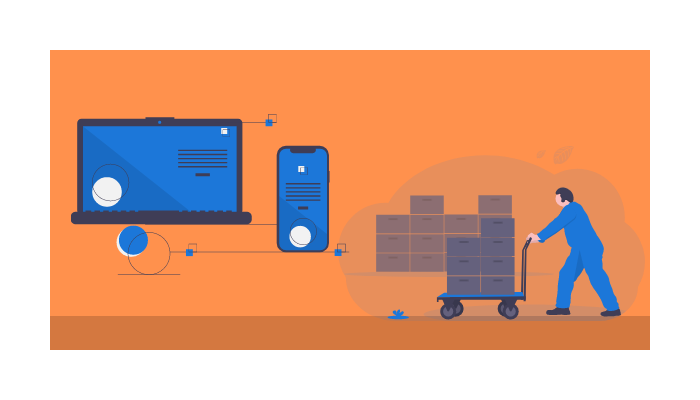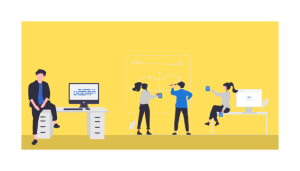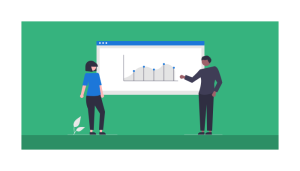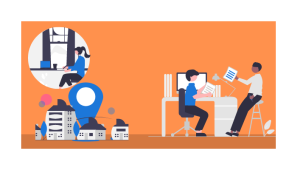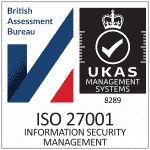WHAT IS FACILITY MANAGEMENT
Facility management’s primary duty is ensuring buildings are safe, efficient and comfortable for building users. Real-estate is a businesses most costly asset, so the job of facility managers is to ensure buildings are functioning effectively to prolong the built environments life-span.
For more information on facility management checkout IFMA’s article here
What is a facility management system?
All organisations manage their space differently. However, facility management involves using floor plans (AutoCAD, BIM or physical drawings) and data. Without a facility management system, the floor plans and data become disjointed and require hours of work to correct. In contrast, a facility management system removes the manual aspect and automates facility data collection and maintenance. In this guide, we will go look at the differences between CAD/CAFM system, facility management system (FMS), computer maintenance management systems (CMMS) and integrated workplace management systems (IWMS).
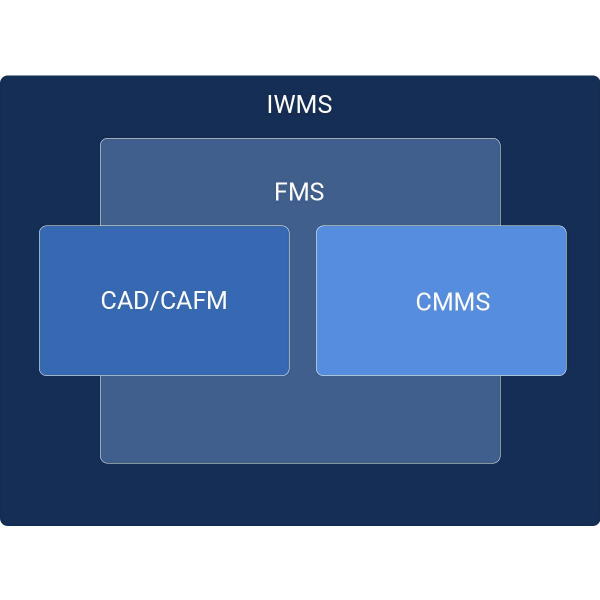
CAD/CAFM Software
CAFM software is a facility management system that focuses on managing physical space, relying on polylined floor plans. Polylines indicate the area of each part of the floor and provide the ‘link’ between the floor plan and the CAFM software. Furthermore, polylines hold room level attributes, such as room id’s, employee names and more. Hence, CAFM systems also include employee and furniture moves, and planned preventative maintenance. More recently, CAFM systems allow for room/meeting room bookings and desk reservations.
In addition, facility management systems include some form of “strategic space planning”, which helps you understand who uses what space and where so that you can charge departments. Additionally, strategic space planning involves forecasting future space needs. For example, by understanding current space usage, you can predict how much space you will need should one of your teams grow in size.
CAFM Software Features
- Space management
- Moves
- Asset Tracking
- Room Reservations
- Planned Preventative Maintenance (PPM)
- Strategic Planning
- Space Surveying
- Space Booking
Computer Maintenance Monitoring System (CMMS)
CMMS is a facility management system that centralises maintenance information, maintenance processes, and process automation. Essentially, CMMS is a database that tracks asset lifecycles, maintenance requirements, work order scheduling, inventory tracking, team availability, and costs. Consequently, this type of facility management system is used most often in manufacturing or any industry relying on lots of machinery, as CMMS software can prolong the lifespan of the equipment.
CMMS Features:
- Asset tracking and lifecycle management
- Planned preventative maintenance (PPM)
- Inventory tracking
- Work order scheduling
- Contractor management
Facility Management Systems (FMS)
Facility management system (FMS) is almost a hybrid of CAFM and CMMS. Similarly, FMS allows organisations to manage their space, people, assets and maintenance. However, ensuring legal requirements and managing the broader macro environment is the primary goal, prioritising team member health, safety and wellbeing.
Facility management has two categories: Hard FM and Soft FM. Firstly, Soft FM focuses on the aspects performed by people and improving the workplace experience such as cleaning, groundskeeping etc. In addition, implementing innovative working styles would also fall under soft FM. Secondly, Hard FM is concerned with managing a building’s physical assets such as lighting and HVAC (heating, ventilation, and air conditioning).
FMS Features:
- Space optimisation
- Energy consumption
- Employee management
- Contractor management
- Asset Tracking
- Planned Preventative Maintenance (PPM)
- Capital project management
- Environment sustainability
- Lease management
Integrated Workplace Management Systems (IWMS)
IWMS are a collection of tools that typically perform all the CAFM, CMMS, and FMS roles in one. IWMS primary focus is the management of an organisations workplace resources and optimising usage. However, IWMS has begun to consider the employee in recent years, providing an ever-increasing number of tools that improve the user experience when interacting and moving through a building. IWMS platforms are attractive to large organisations as they provide multiple tools in one. However, each tool is not necessarily the best in class.
IWMS Core Features:
- Space planning & Optimisation
- Move management
- Asset management
- Desk/Meeting room booking & reservation
- Planned Preventative Maintenance (PPM)
- Lease management
- Capital project management
- Energy usage management
- Environmental sustainability
- Employee experience
IWMS Added Features:
- Print services
- Visitor management
- Postal services
